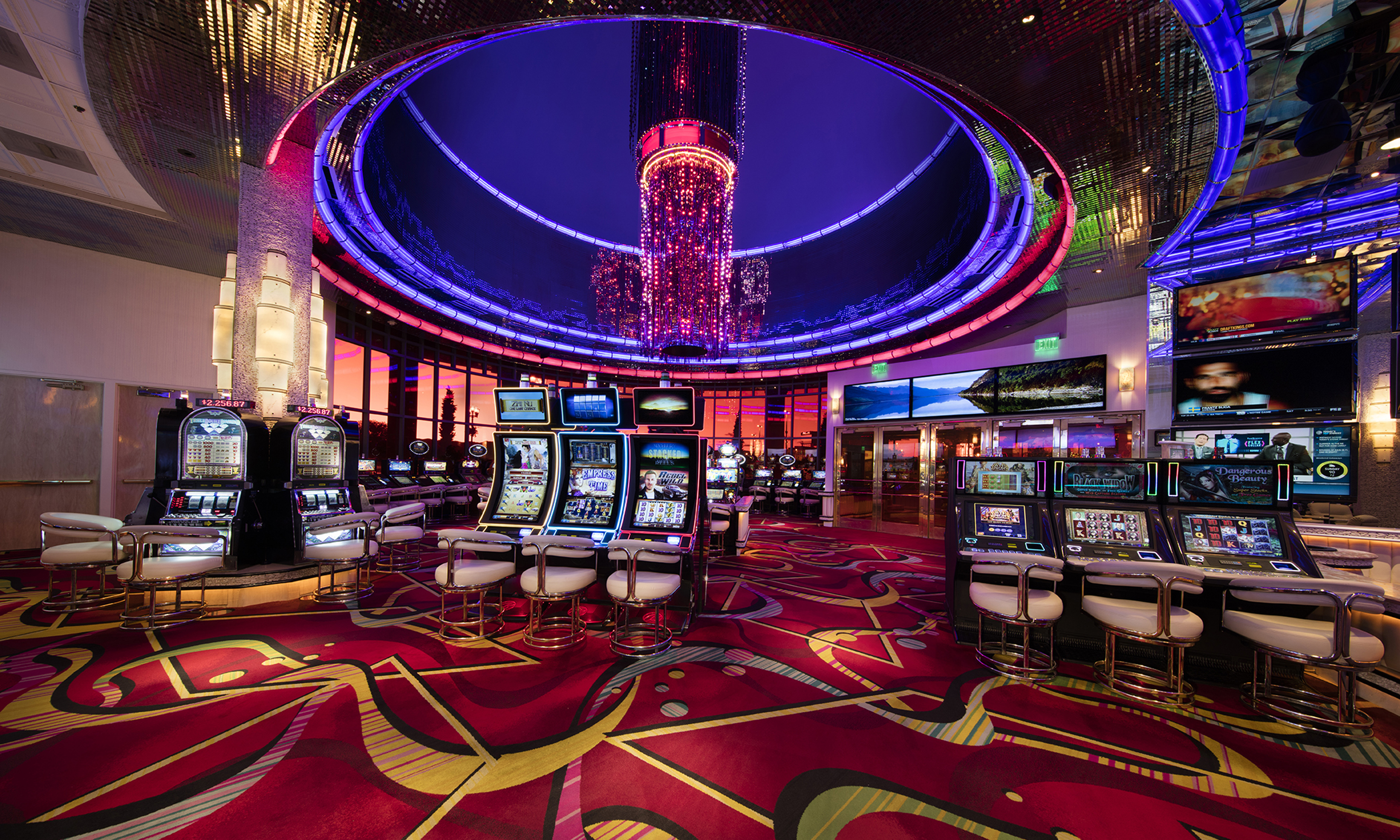Gambling games have long captivated human interest, drawing gamblers into a universe filled with luck, strategy, and the allure of thrill. Each game is carefully crafted not just for enjoyment, but also to evoke particular emotional responses that keep participants involved and interested. Understanding the drives behind these designs reveals much about how psychology plays a vital role in the gaming experience.
From the dazzling lights and dynamic sounds to the sophisticated layering of rules and incentives, casino games are designed to create an atmosphere of thrill and expectation. Game designers leverage psychological principles to influence gambler behavior, whether through the use of winning opportunities, near-miss scenarios, or social interactivity. By examining these elements, we can better appreciate how casino games fulfill not just a desire for entertainment, but more profound psychological needs for adventure and risk.
Grasping Player Behavior
Casino games are engineered with a profound grasp of player psyche, which is vital for attracting and holding players. The excitement of the game, combined with the anticipation of winning, establishes a strong draw. Game designers utilize elements like sound effects, colorful graphics, and immersive gameplay to engage attention and generate emotional responses. These sensory experiences enhance the immersive experience, making players feel more involved in the game.
Another important aspect of player behavior is the concept of risk and reward. Casino games often manage high-stakes situations with the potential for substantial rewards, which can result in the occurrence known as near-miss effect. When players come near to winning, the brain produces dopamine, reinforcing their behavior and prompting them to keep playing in pursuit of that elusive win. This cycle of wish and letdown plays a crucial role in how games are structured and promoted.
Lastly, social elements also play a critical role in player behavior at casinos. Many games are designed to be played in groups or in company with other players, fostering a sense of belonging and shared experience. The social interaction inherent in games like blackjack enhances enjoyment and can culminate in extended gameplay. Designers capitalize on this by designing environments that encourage players to stay, interact, and revisit, making the overall casino experience more appealing.
The Role of Imagery and Sound
Imagery and audio play a crucial role in elevating the player’s experience within casino games. Designers utilize bright colors, striking graphics, and engaging animations to grab players’ attention and hold their interest. The use of motifs, such as adventure or luxury, helps create an immersive atmosphere that transports players into another world. By appealing to the senses, these elements contribute to a heightened emotional response, prompting players to engage more deeply with the games.
Audio design is just as important in reinforcing the overall experience of gambling games. RR88 The combination of background music, audio effects for successful combinations, and ambient noises creates an sound landscape that holds players enthralled. Sounds associated with wins, such as ringing bells or celebratory music, evoke feelings of thrill and reward, encouraging players to keep playing. These audio cues are strategically placed to enhance the thrill of the game and create a more engaging experience.
Additionally, the alignment of imagery and audio is crucial for reinforcing the game’s overall theme and atmosphere. Each element should coordinate seamlessly to create a cohesive experience that pulls players in. The effective use of this synergy not only improves user enjoyment but also increases the likelihood of repeat play, as players become more engaged in the captivating world that the casino games offer. This thoughtful combination of imagery and sound ultimately enhances player involvement and commitment.
Incentive Structures and Engagement
The creation of gambling experiences significantly depends on incentive systems to ensure participants engaged and returning for more. These systems are rooted in psychological principles that take advantage of human nature and desire. Players are often driven by the thrill of winning, which is reinforced by instant feedback through the game structure’s mechanics. This instant gratification not only enhances the gaming experience but also fosters a sense of achievement, encouraging participants to keep playing in hopes of bigger gains.

Gaming establishments utilize various reward structures, such as large payouts, extra rewards, and multipliers, to engage players. These elements create a layer of excitement that sustains engagement. Additionally, the unpredictability of results plays a significant role in sustaining attention. The intermittent reinforcement schedule, where wins are unpredictable but happen often enough, maintains participants on edge and motivated to continue participating. This loop of hope and expectation is foundational to the effectiveness of gambling experiences.
In addition, community aspects, such as tournaments and collaborative options, enhance the participation factor by leveraging the competitive nature of players. The communal aspect of gaming with fellow participants can amplify the excitement of winning and create a sense of community within the casino. By integrating these social dynamics with effective incentive structures, gambling experiences not only offer entertainment but also foster a stronger bond among players, solidifying their commitment to the gaming experience.